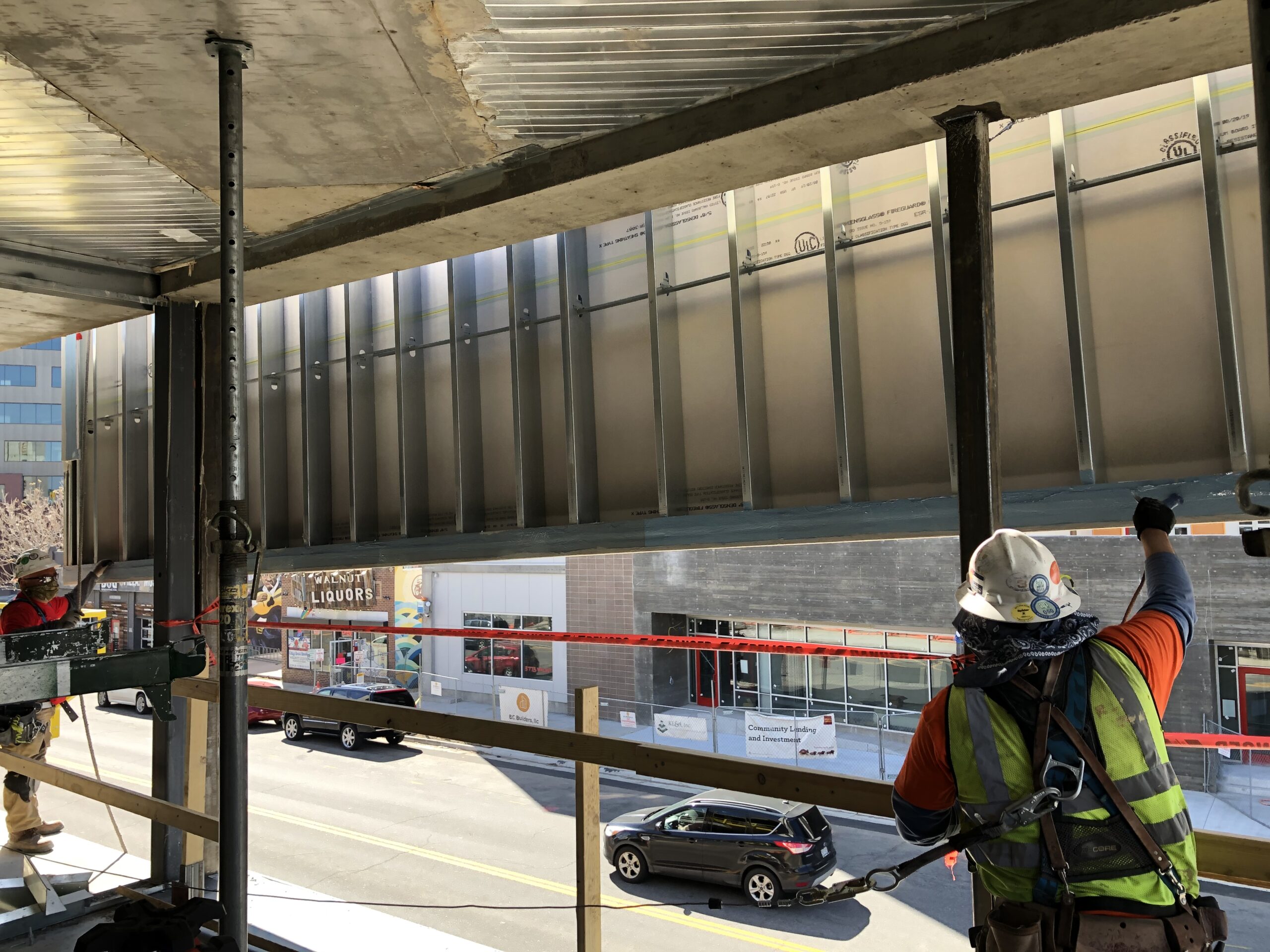The construction industry faces a shortage of skilled labor. How big is the labor shortage problem today? It’s big.
According to the most recent U.S. Chamber of Commerce Commercial Construction Index, skilled labor shortages are widespread — 92% of contractors have reported difficulty finding construction workers. Of those firms, 42% said they have turned down work because of it.
The labor shortage is so big that Greg Sizemore, vice president of health, safety, environment and workforce development at Associated Builders and Contractors, says he doesn’t remember a time when a “Help Wanted” sign could be found on most construction job sites.
“Quite simply, many people aren’t aware of the career they could have in construction,” says ConstructionDive in the article, Construction’s career crisis: Keeping workers on site and in the industry.
What can framing contractors do to attract more employees to their respective firms?
9 Worker Shortage Workarounds
1. Specify prefabricated cold-formed steel (CFS) building components
To help complete projects with less manpower, a growing number of architects and engineers are turning to prefabricated CFS building components.
CFS is the ideal choice for prefabricated construction because it is lightweight and can be cut to precise specifications.
Anirban Basu, chief economist for Associated Builders and Contractors, says that prefabrication can be as much a workforce development strategy as a competitive business advantage for construction firms. That’s because workers want safe and predictable environments.
Some workers are leaving construction for manufacturing for this reason. But, Basu believes that if more construction firms turned to prefabrication as a fulfillment process more workers who enjoy the predictability of working in factory settings could be drawn to the construction industry.

Catbird’s exterior skin features 100,000 lbs. of CFS studs, which were installed by 6 South Valley Prefab crew members instead of 60 or 70 working off scaffolding. Photo courtesy of South Valley Prefab.
Six Workers Instead of 60 at Catbird
South Valley Prefab, Inc. designed and fabricated 277 individual cold-formed steel (CFS) exterior finish panels for Catbird, a seven-story, 165-unit, extended-stay hotel in the RiNo District of Denver.
Prefabrication processes helped South Valley fabricate CFS panels for the entire project in just 46 days, and more than 200 panels were unique.
But a key benefit to prefabrication is its solution to the current worker shortage. South Valley’s explore to the construction labor shortage is minimal, because the firms handled its scope of work with only 6 crew members, instead of the 60 or 70 crews members that would have been required to stick-build off scaffolding.
2. Promote construction as a career, not as a job
Steel framing tradespeople can become experts in skillsets that will be marketable anywhere in the world. Emphasize that benefit to job prospects.
3. Highlight how the construction career path involves fulfilling multiple tasks, with multiple responsibilities, on multiple projects
Help help young to see how stimulating work can be. When they can picture their multi-function roles, they are also more inclined to commit to their construction jobs and appreciate their company leaders, ConstructionDive says.
4. Develop future leaders’ management skills
“As management invests in training and developing talent, you spend dollars maybe you haven’t historically spent,” says Shawn Burnum, president of Association of the Wall and Ceiling Industry and vice president of operations at Performance Contracting, Inc. in Kansas, in the article, Business Management: Everything Under Control? in AWCI’s Construction Dimensions.
Burnum adds: “I love to find ways to make someone better versus trying to find another person.”

Shawn Burnum, AWCI president and vice president of operations at Performance Contracting. Photo courtesy of AWCI.
Of course, executives with construction companies need to get buy-in from their experienced job superintendents and other longtime staff members to build that next generation of leaders. Encourage all managers and supervisors to be willing to train, guide and groom less-experienced employees.
5. Pay higher wages — maybe
The Washington Post says Americans are in line for a big wage increase in 2022. Citing Conference Board data, businesses expect to bump up pay an average of 3.9 percent in 2022, the fastest wage growth since 2008.
However, AGC’s Basu says salary is not the sole determinant of workplace value. Some construction workers are willing to settle for less money if it means having more comfortable and safer working conditions.
Generation Z, the youngest generation in the workforce, for example, cares more about work conditions than pay, Basu says. They’re willing to take “a slightly lower-paying job, but with more predictability, both in the physical location of their workspace and [the] dangers of their work,” Basu says.
6. Show that your construction company’s injury rate is below the national average
Construction’s safety practices are important to attracting young talent to job postings. Low injury rates can help a firm create an air of trust over how it treats its people.
7. Show reasonableness in your worker expectations
Firms are attractive to young workers when they demonstrate that they value a good work-life balance. Show that your firm has an upbuilding company culture. Assign workers to job sites near to their homes, and communicate this to candidates.
8. Invest in technology
ConstructionDive says high-tech GPS-guided cranes, exoskeletons and other kinds of technology show job candidates that a firm is modernizing. Steel framing can make up part of this appeal, since much innovation is taking place in the industry.
9. Promote pickup trucks
Sizemore told ConstructionDive that a simple recruitment tool is showing young people what they can buy — pickup trucks.
For a high schooler to see that in just a few years, after put their head down and working hard, they will likely be able to afford their own pickup truck. It can be an effective way to show people how accomplishments can come quickly.
So, don’t be shy about filling a job site parking with new pickup trucks and using them as recruiting tools.
“We have to do a better job at raising awareness,” says Chad Goodfellow, CEO of Goodfellow Bros. in Hawaii. “Our employees in the trades often enter at [a] higher salary than our college graduates, [and] with much less student debt.”
Article cited by BuildSteel.org

